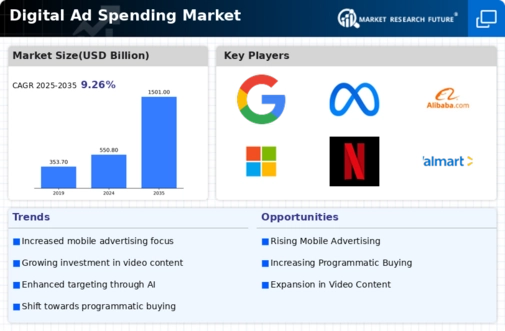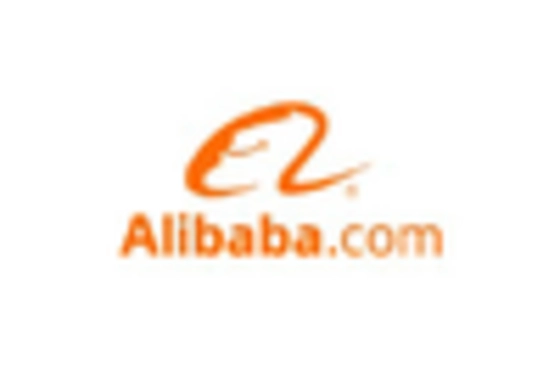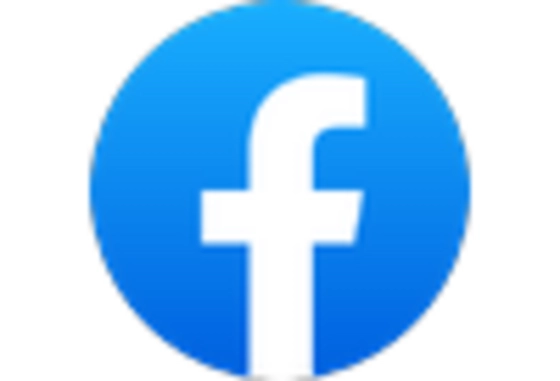The Digital Ad Spending Market is currently characterized by a dynamic competitive landscape, driven by rapid technological advancements and evolving consumer behaviors. Major players such as Google (US), Facebook (US), and Amazon (US) are at the forefront, leveraging their extensive data analytics capabilities to enhance targeted advertising. Google (US) continues to innovate its advertising platforms, focusing on integrating artificial intelligence to optimize ad placements and improve user engagement. Meanwhile, Facebook (US) emphasizes community-driven advertising strategies, fostering deeper connections between brands and consumers. Amazon (US), on the other hand, is strategically expanding its advertising services, capitalizing on its vast e-commerce ecosystem to offer unique advertising solutions that drive sales conversions. Collectively, these strategies not only enhance their market positioning but also intensify competition, as they continuously seek to capture a larger share of the growing digital ad spend.
In terms of business tactics, companies are increasingly localizing their advertising strategies to cater to regional preferences, thereby enhancing consumer relevance. The market structure appears moderately fragmented, with a few dominant players exerting considerable influence. This fragmentation allows for niche players to emerge, yet the collective power of the key players shapes the overall market dynamics, often setting trends that smaller companies follow.
In August 2025, Google (US) announced the launch of its new AI-driven advertising tool, designed to provide advertisers with real-time insights into campaign performance. This strategic move is significant as it not only enhances the effectiveness of ad campaigns but also positions Google (US) as a leader in the integration of AI within digital advertising. By offering advertisers advanced analytics capabilities, Google (US) is likely to attract more businesses seeking to optimize their advertising spend.
In September 2025, Facebook (US) unveiled a new initiative aimed at enhancing privacy controls for advertisers, allowing users to have greater transparency over how their data is used. This action reflects a growing trend towards consumer privacy and data protection, which is becoming increasingly important in the digital advertising landscape. By prioritizing user trust, Facebook (US) may strengthen its brand loyalty and mitigate potential backlash from privacy advocates.
In October 2025, Amazon (US) expanded its advertising services by partnering with several major brands to create exclusive promotional campaigns on its platform. This strategic partnership not only diversifies Amazon's advertising offerings but also enhances its competitive edge by providing brands with unique opportunities to reach consumers directly within the shopping experience. Such collaborations could potentially lead to increased ad spend on Amazon's platform, further solidifying its position in the market.
As of October 2025, the competitive trends within the Digital Ad Spending Market are increasingly defined by digitalization, sustainability, and the integration of artificial intelligence. Strategic alliances among key players are shaping the landscape, fostering innovation and enhancing service offerings. Looking ahead, it appears that competitive differentiation will evolve, shifting from traditional price-based competition to a focus on innovation, technological advancements, and supply chain reliability. This transition may redefine how companies approach their advertising strategies, emphasizing the need for agility and responsiveness to market changes.


















Leave a Comment